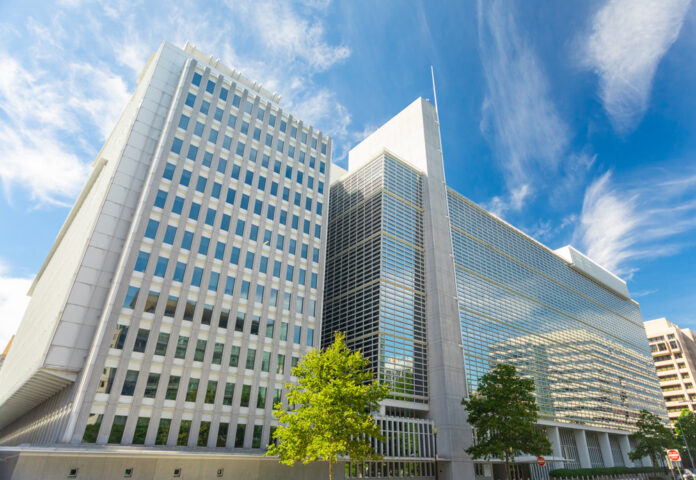Banks are the most expensive channels of remitting one’s overseas income and typically charge 11.8 percent for sending $200 to families back home, far more than mobile e-wallet operators like GCash which recently expanded its footprint to include European and Middle East countries where overseas Filipinos work.
According to the World Bank, mobile operators charge only 4.5 percent for the same amount, far less than post offices that typically charge 6.3 percent and money transfer operators who also charge 5.4 percent.
Unfortunately for the millions of overseas Filipino workers in host countries around the world, while mobile operations charge the lowest for each remittance, they account for less than even one percent of total remittance transactions.
It reported that remittances to East Asia and Pacific countries increased 0.7 percent last year alone to reach $130 billion when the Philippines, which had $38 billion, was named one of five top recipients for the period. The other recipients include India, $111 billion; Mexico, $61 billion; China, $51 billion; and Pakistan, $30 billion.
“Economies where remittance inflows represent large shares of GDP—highlighting the importance of remittances for funding current account and fiscal shortfalls— include Tajikistan (51 percent of GDP), Tonga (44 percent), Lebanon (36 percent), Samoa (34 percent) and the Kyrgyz Republic (31 percent),” the World Bank said.
“Remittances have become a financial lifeline in many economies through the pandemic and will become even more so in the foreseeable future,” said Dilip Ratha, lead author of the report on migration and remittances and head of the brain trust known as KNOMAD. “We have stepped up collaborations with source and recipient countries to improve data and leverage remittances to mobilize private sector capital through diaspora bonds and improved sovereign ratings.”
Remittances to East Asia and the Pacific were seen growing only one percent this year as slower growth in host countries affect incomes and employment prospects.
“The average cost of sending $200 to the region was 5.7 percent in the fourth quarter of 2022, a small decline from 5.9 percent a year ago. In the top five least expensive corridors, the cost decreased to under 3 percent,” the World Bank said.
It particularly noted that remittances to low- and middle-income countries (LMICs) such as the Philippines were to grow only 1.4 percent this year to more or less $656 billion as economic activity in the host countries soften, limiting the employment and wage gains of migrant workers.
The World Bank said the slowing remittance trend bears watching more closely given its role as source of external financing for countries like the Philippines who aspires to achieve middle-income status as a country under the term of President Ferdinand Marcos Jr.
Government debt as percent of local output measured as the gross domestic product (GDP) equal 60.9 percent as of latest data from the Bureau of Treasury.







